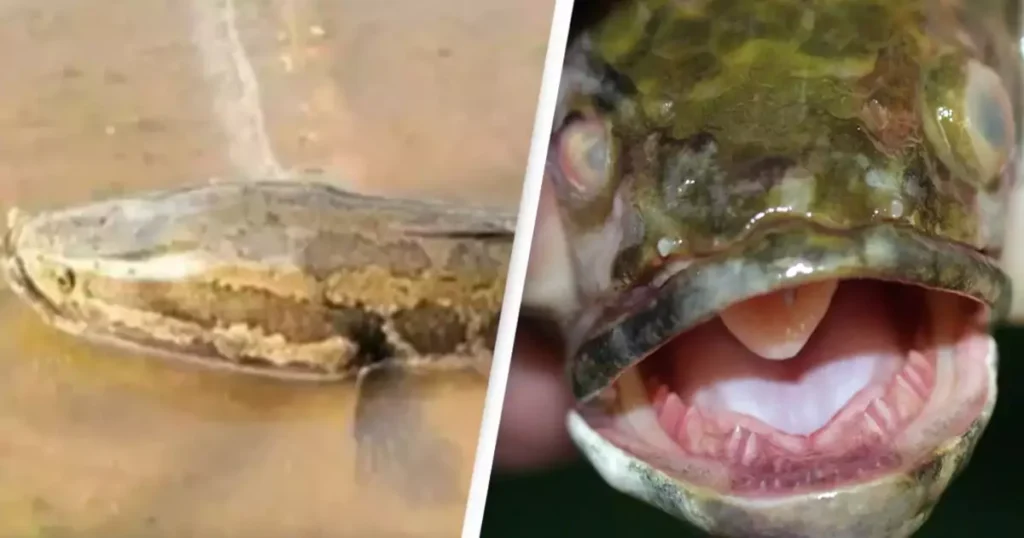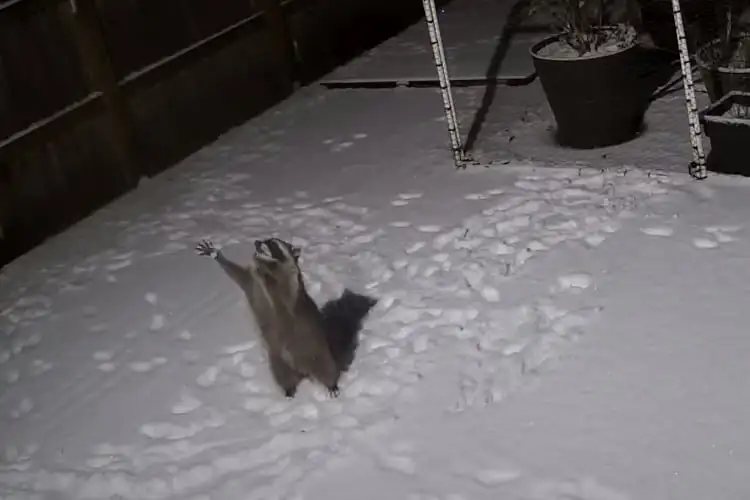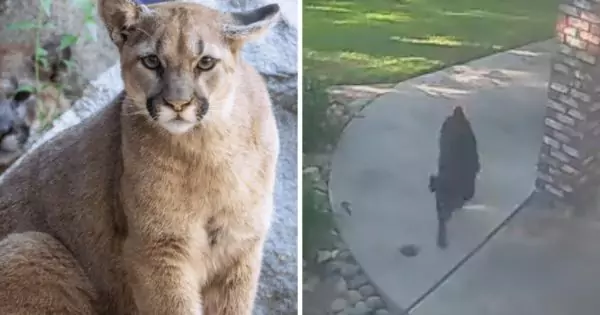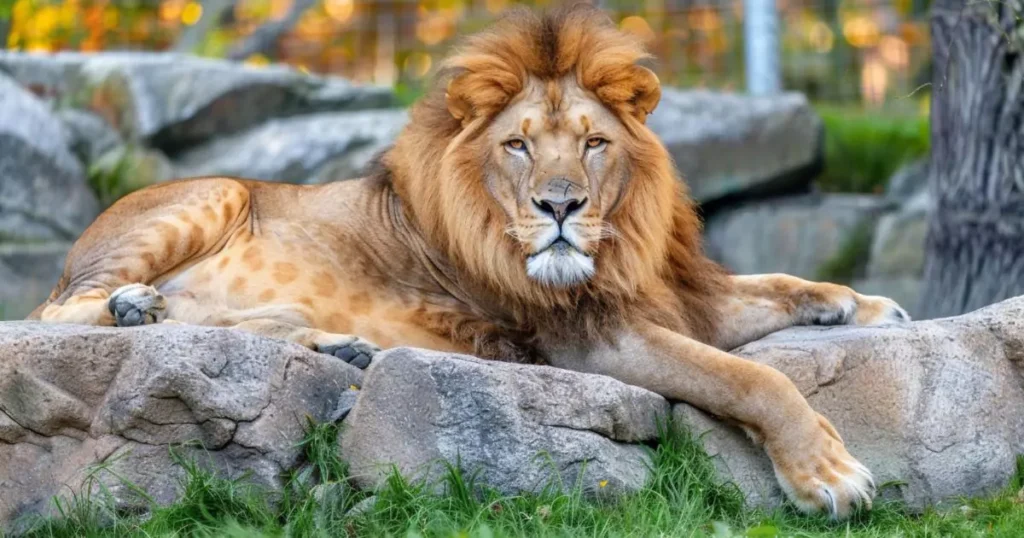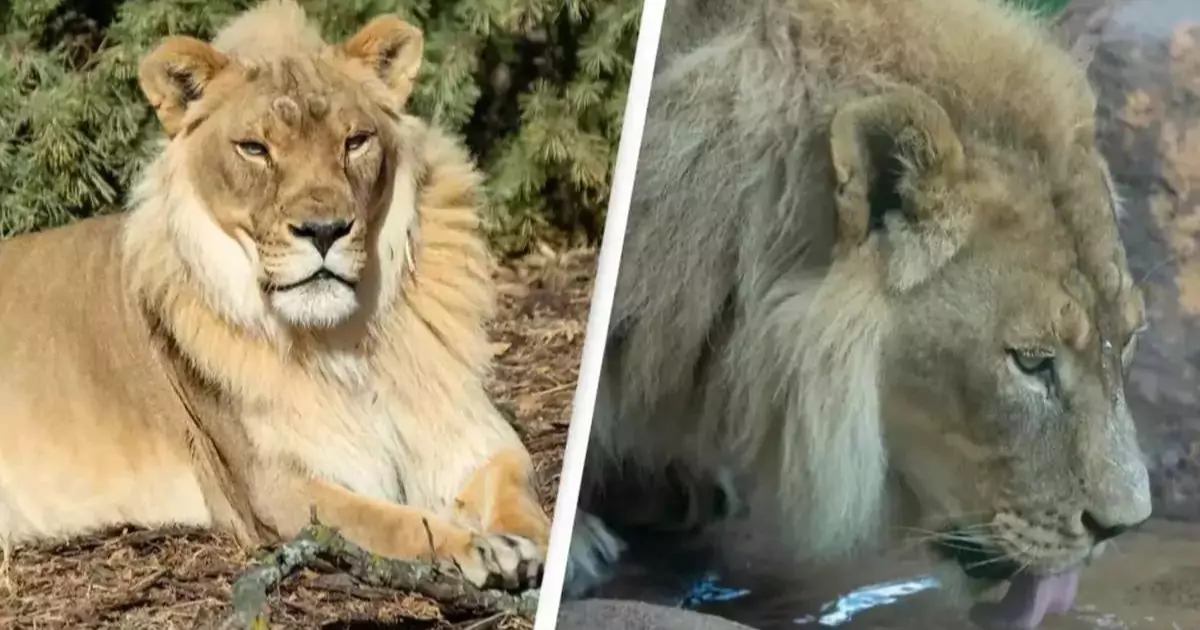
In a captivating event at Kansas’ Topeka Zoo and Conservation Center, Zuri, an 18-year-old lioness, defied the norms of her species by sprouting a mane, a feature typically reserved for male lions. This unexpected occurrence left both zookeepers and scientists in a state of wonder and intrigue, leading to numerous discussions and studies trying to unravel the mystery behind her unique transformation. This blog delves into the fascinating story of Zuri, exploring the scientific, biological, and social implications of her rare condition.
Understanding the Lion’s Mane
.webp)
To fully appreciate the peculiarity of Zuri’s situation, it’s important to first understand the significance of a mane in the lion kingdom. The mane, a thick growth of hair around the neck and shoulders, is predominantly a male trait, emerging as lions reach maturity and serving several key functions:
- Protection: The mane protects the lion during fights, cushioning the head and neck against injuries.
- Attraction: A full, dark mane is often associated with a healthy, virile lion, making him more attractive to potential mates.
- Intimidation: The mane gives the male lion a larger appearance, helping to intimidate rivals and protect the pride.
Typically, lionesses do not grow manes, making Zuri’s case an exceptional phenomenon in the animal kingdom.
The Story of Zuri
Zuri, born and raised at the Topeka Zoo, lived a relatively normal life within her pride, which included Avus, the pride’s sole male lion until his death in 2020. It was after Avus’s passing that Zuri began to exhibit this unprecedented change. Unlike her male counterparts, her mane was less robust and more subdued, but its presence was unmistakable and baffling to those who witnessed it.
Global Rarity
Zuri’s case is not entirely isolated. There have been other instances, albeit rare, of mane development in lionesses in captivity and the wild. For example, a lioness in South Africa in 2011 and another in Oklahoma City Zoo in 2018 displayed similar characteristics. Additionally, a study documented five mane-bearing lionesses in Botswana in 2016.
These occurrences, while few, suggest that Zuri’s mane could be part of a broader, albeit poorly understood, phenomenon within the species.
Scientific Speculations
The reasons behind mane growth in lionesses like Zuri remain largely speculative. Kris Everatt, a conservation scientist, suggested that there might not be a straightforward evolutionary reason behind this anomaly. It could be a random event rather than a response to environmental pressures or social changes within the pride.
Researchers have posited that hormonal changes, particularly those related to aging, might play a role. Zuri was 18 when her mane began to grow, surpassing the average lifespan of lions in the wild, which is about 15 years. This advanced age may have triggered hormonal shifts that mimicked those of male lions, though no conclusive evidence has yet supported this theory.
The Impact of Zuri’s Mane
The growth of a mane on a lioness like Zuri could have various implications:
- Social Dynamics: In the wild, the appearance of a mane might affect the social structure of the pride, potentially altering how other lions interact with the mane-bearing lioness.
- Health Insights: Understanding why Zuri developed a mane could provide new insights into how aging impacts animals in captivity, possibly improving veterinary care.
- Conservation and Study: Anomalies like this can spark broader interest in the species, leading to increased funding and research efforts aimed at conservation.
Zuri’s Legacy
.webp)
Zuri passed away at the age of 19, a year after her mane began to grow. Her legacy, however, continues to inspire curiosity and scientific inquiry. The Topeka Zoo has expressed its commitment to studying her unique case further, in hopes of uncovering information that could benefit future generations of lions both in captivity and the wild.
Conclusion
The story of Zuri the lioness and her mysterious mane serves as a reminder of nature’s complexity and the surprises it can still hold. It challenges our understanding of what is considered ‘normal’ in the natural world and encourages continuous inquiry and humility in the face of the unknown. As we delve deeper into the mysteries of the animal kingdom, each discovery, each anomaly, enriches our knowledge and our appreciation of the intricate tapestry of life on Earth.


























